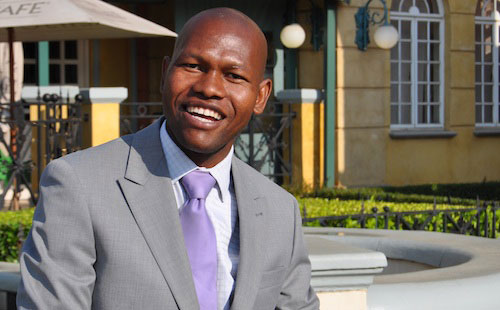
The governments of Brazil, China, Russia, India and SA have agreed to support a new, R3bn undersea cable that will connect Brazil with SA and Angola, and provide the region with onward connectivity to the US and Asia.
The South Atlantic Express (SAex) cable system, which will have an initial design capacity of 12,8Tbit/s, will connect SA and Angola to Fortaleza in Brazil, from where it will provide onward links to other countries in the Americas, including the US. SAex’s backers have signed a memorandum of understanding to connect to the 22 000km-long GlobeNet system between South America and North America.
The new cable will provide the shortest route to the US, the world’s Internet hub. This is important for reducing network latency. Until now, most SA Internet traffic has been routed via Europe, and then across the north Atlantic.
The project, which is the brainchild of black-owned and black-led eFive Telecoms, led by CEO Lawrence Mulaudzi, looks set to be funded through a combination of debt and equity by the Bank of China and SA’s Industrial Development Corp. Bank of China is said to be keen to provide at least 60% of the required funding.
Leaders of Brazil, China, Russia, India and SA — the so-called Brics countries — agreed at a summit this week to give the project their backing. The Brics nations won’t invest directly in the system’s construction. SA was recently admitted as a member of this club of powerful emerging economies.
Through Seacom — the cable system along Africa’s east coast — SAex will provide onward connectivity to India, and then to other Asian countries, including China, using various cables in South-East Asia. SAex will extend around SA’s coastline to Mtunzini on KwaZulu-Natal’s north coast.
Planning for the system, which is expected to be available for commercial use in June 2013, is at an advanced stage. eFive Telecoms has appointed UK consultancy Datawave to formulate the business case. Datawave is due to present its findings by the end of this month.
eFive is also in talks with FibreCo, a venture between Cell C, Dimension Data’s Internet Solutions and Andile Ngcaba’s Convergence Partners, for access to national fibre in SA.
FibreCo CEO Arif Hussain says the plan is to bring capacity landed by SAex to SA cities and to provide an alternative route for traffic to Seacom’s landing station at Mtunzini.
Alcatel-Lucent Shanghai Bell Co, a joint venture between the government of China and France’s Alcatel-Lucent, will build the cable. The project’s construction and maintenance agreement should be signed next month, with a marine survey to follow not long thereafter.
SAex will consist of four fibre pairs, each capable of carrying 3,2Tbit/s of data using 40Gbit/s wavelength technology. Two fibre pairs — with a combined design capacity of 6,4Tbit/s — will be extended to SA from an undersea branching unit, with another two fibre pairs likely to be extended to Angola.
Assuming that cable goes ahead in that configuration, it will be the highest-capacity cable to serve the SA market. Alternative systems under construction — the West African Cable System (Wacs) and the Africa Coast to Europe (Ace) project — have design capacities of 5,1Tbit/s each. Ace and Wacs will run along Africa’s west coast, from SA to Europe.
Mulaudzi says the project plan has been presented to both the department of communications and the department of trade & industry to ensure SAex is “aligned to the country’s national broadband strategy”. — Duncan McLeod, TechCentral
- Subscribe to our free daily newsletter
- Follow us on Twitter or on Facebook

